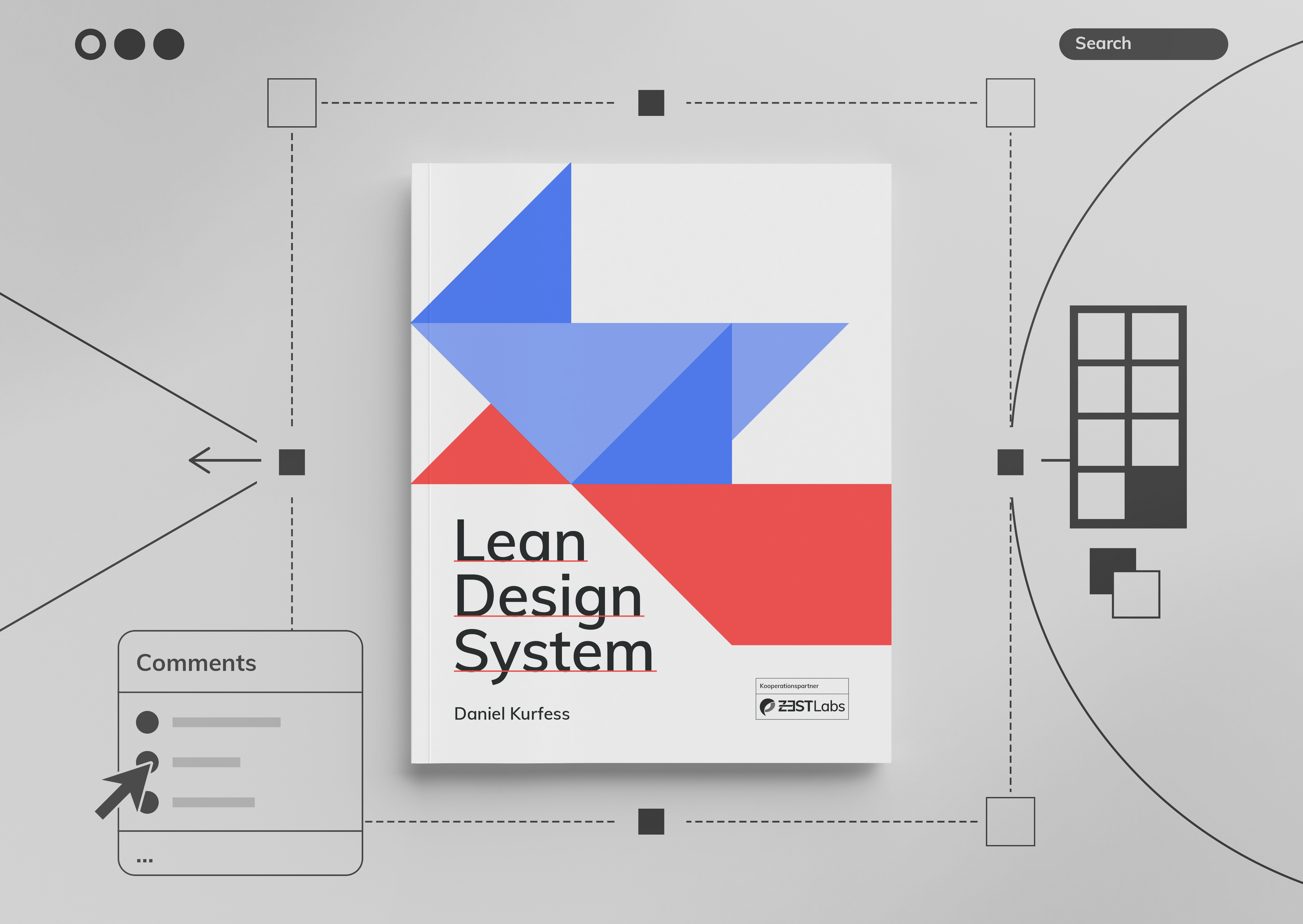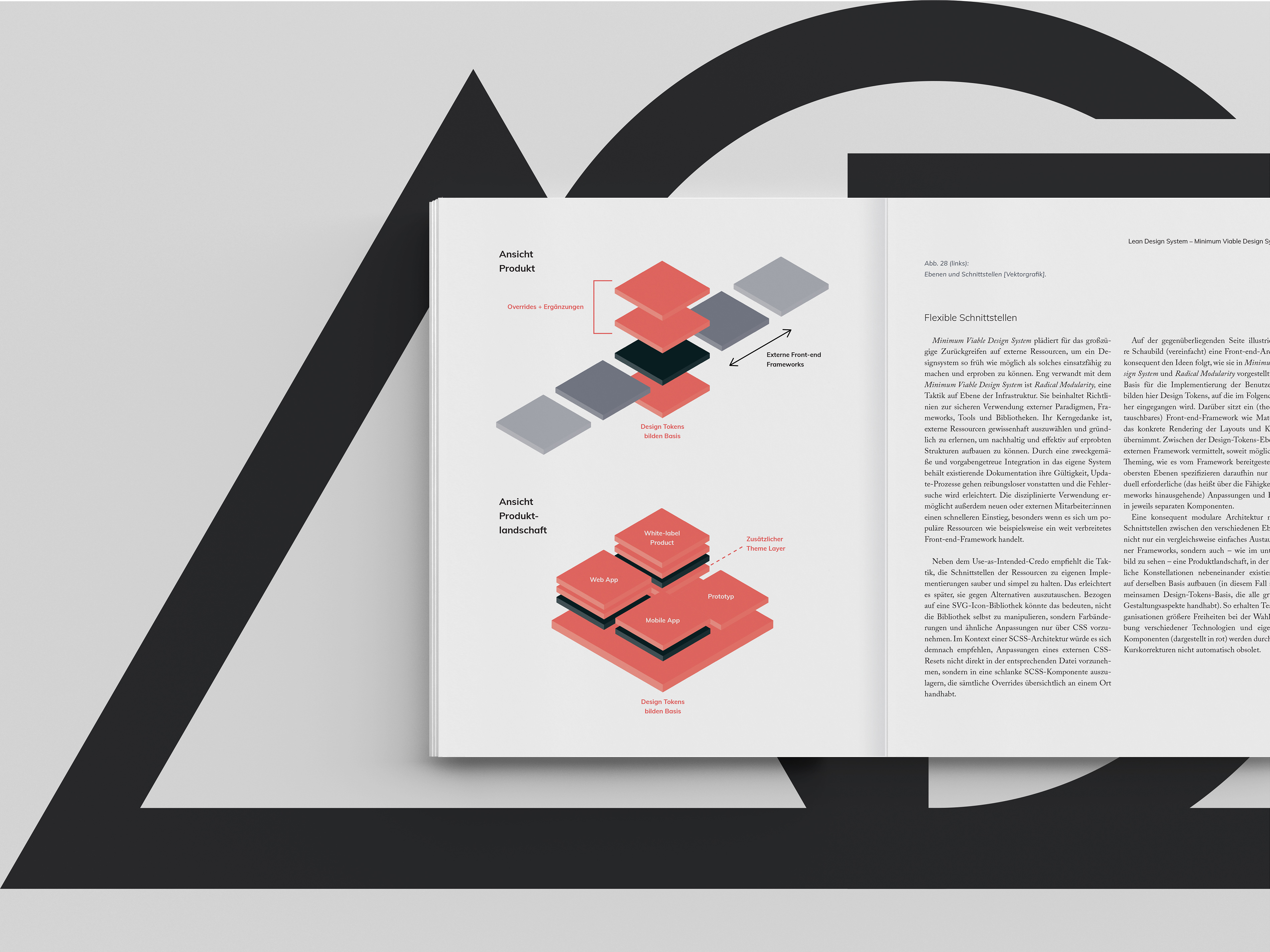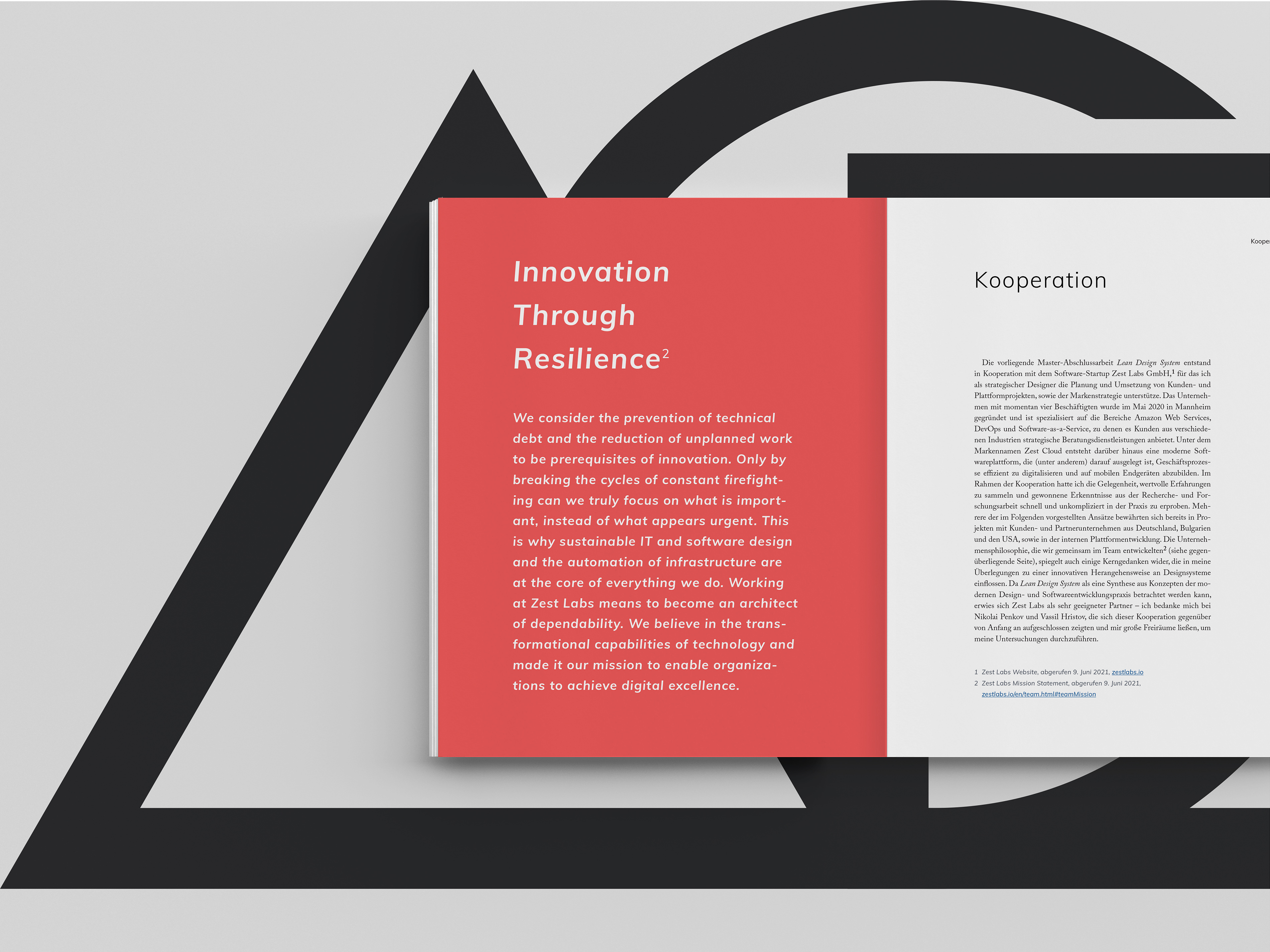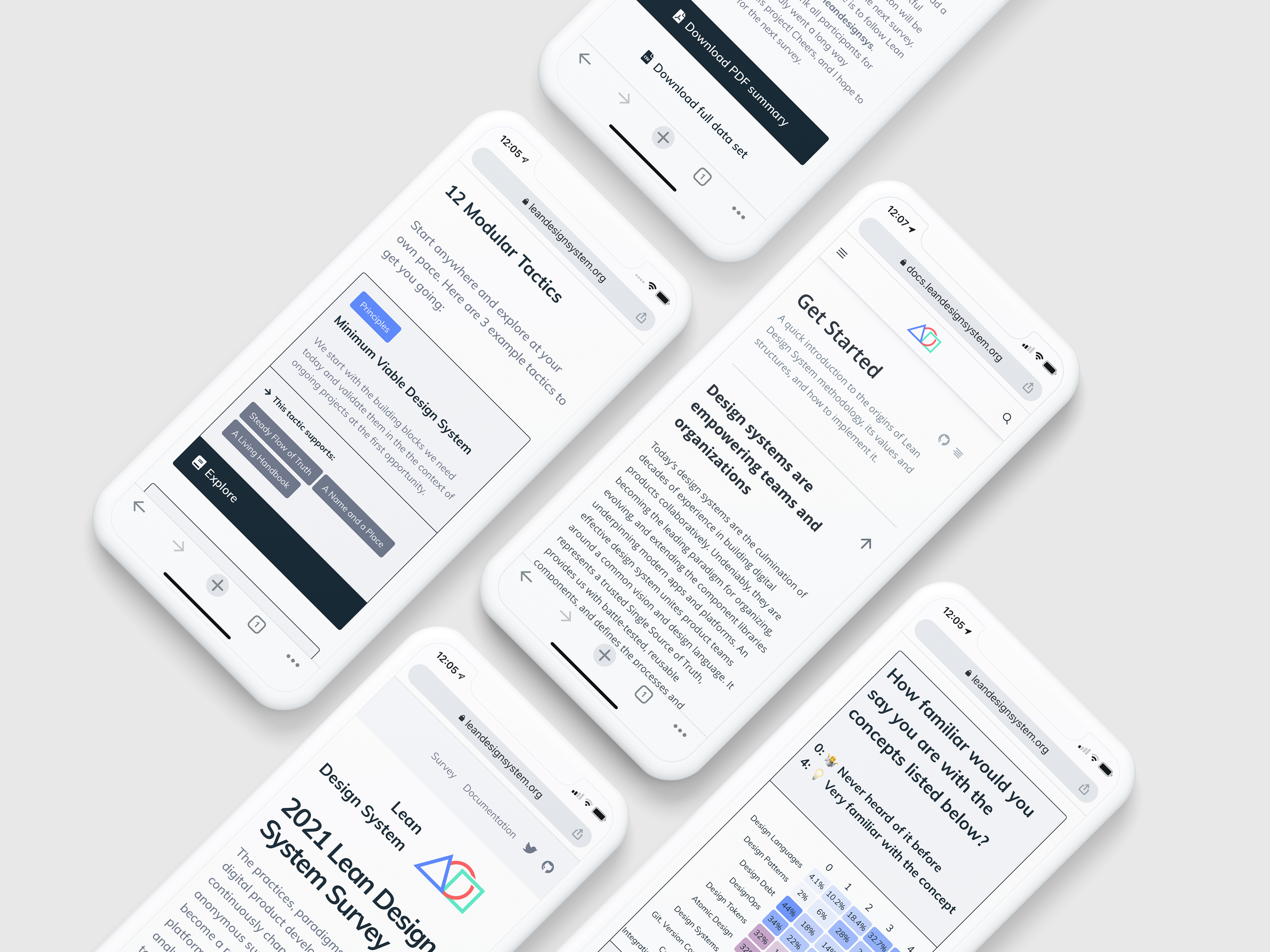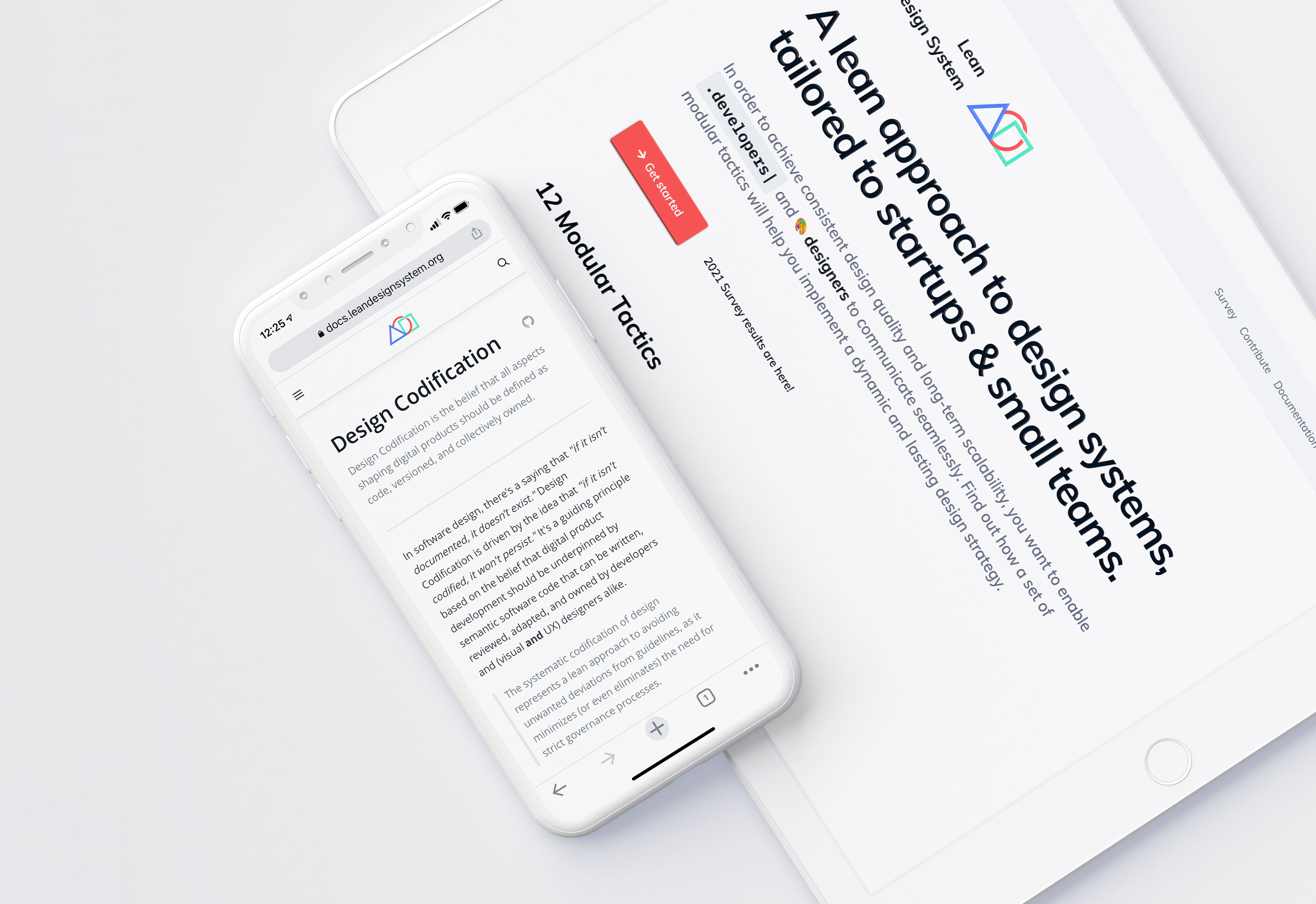Design systems are empowering teams and organizations
Today’s design systems are the culmination of decades of experience in building digital products collaboratively. Undeniably, they are becoming the leading paradigm for organizing, evolving, and extending the component libraries underpinning modern apps and platforms. An effective design system unites product teams around a common vision and design language. It represents a trusted Single Source of Truth, provides us with battle-tested, reusable components, and defines the processes and responsibilities governing its ongoing development. It allows engineers and designers to communicate effortlessly and enables them to deliver consistent experiences at any scale. An accessible and well-documented design system also simplifies onboarding processes, as it codifies implicit structures and standardizes workflows. In summary, it’s a game-changing concept that can truly empower digital product teams when implemented properly.
So, where's the catch?
Design systems appear to be an optimal solution to achieve both scalability and consistent design quality. A solid component library can prevent technical and design debt accumulation and help teams build realistic prototypes at a staggering pace. However, they come with their own risks and costs, deterring especially smaller teams and resource-constrained startups. In their situation, promising opportunities must be tackled with everything they got and so recruiting a dedicated design systems team is a luxury they are often unable to afford. Also, additional governance processes may quickly overburden a young organization lacking any buffers. And lastly, even if the required resources are in fact available and the decision is made to build a design system, it may very well take months—sometimes even years—until it reaches a state where it's ready to be rolled out. Only then will it become apparent whether its components and processes can actually deliver the expected value.
Lean Design System methodology
Lean Design System provides a modular and evolving set of 12 tactics—organized in 4 layers—aiming to allow any kind of organization (even small, less design-savvy startups) to dip their toes into design systems and more strategic design approaches. Every tactic is designed in such a way that it works in isolation, but is also linked to other tactics supporting it. This means the library can be explored at any pace and in a piecemeal manner. The methodology is driven by the idea that any digital product team can cultivate a naturally emerging design system by following a proposed set of principles and behaviors.
Lean Design System builds on many years of experience in the the development of digital products and design systems at companies of all sizes—ranging from small startups to Fortune 100 enterprises. More importantly though, it incorporates ideas from outside domains such as Lean Thinking and modern software development to address resource-constraints in innovative ways. Specifically, the methodology draws a lot of inspiration from Lean Startup, Extreme Programming, and DevOps. Ideas such as Minimum Viability, Cross-functionality, Collective Ownership, and Infrastructure-as-Code all had a substantial influence on the design of the individual tactics, as well as on the larger framework.
4 core values
Lean Design System promotes a more flexible and incremental approach to the development of design systems. Instead of understanding its formation process as a monolithic effort, each of the modular tactics aims to break down the daunting task into many smaller chunks. It outlines the idea of an adaptive, living system that learns and grows with an organization's challenges and projects.
Lean Design System is technology- and tool-agnostic. Whenever specific tools or technologies are mentioned, they are to be considered examples and proposals. Similarly, none of the tactics impose strict design or development approaches—instead, they delve into all the in-betweens: the interfaces between individual building blocks, the interactions between design and engineering, and the workflows between the different types of libraries that make a design system. Their goal is to improve collaboration, remove bottlenecks, and to develop a shared responsibility throughout teams and organizations. They aim to make the design system a direct reflection of the people cultivating it and the problems its addressing. In this spirit, Lean Design System values:
- Exploration over planning.
- Collective ownership over strict governance.
- Workflows over tools.
The 4 core values underpinning the methodology as a whole all tackle the specific challenges resource-constrained organizations are facing when considering to establish their own design system, namely high upfront costs, lengthy planning stages, and uncertain outcomes. They are:
- Focus: We identify the most pressing issues and clearly articulate our goals, so that we can prioritize accordingly and make the best use of our time and resources.
- Agility: When establishing new structures, we do our best to avoid sacrificing maneuverability and flexibility.
- Validation: We strive to validate all results of our design system work (such as new guidelines and UI components) in ongoing projects and UX prototypes as quickly as possible to ensure we're on the right track with all our efforts.
- Optimization: We want to enable each other to collaborate more and more seamlessly every day. We want to foster a culture of cross-pollination where everyone is invited to share their ideas and struggles freely.
